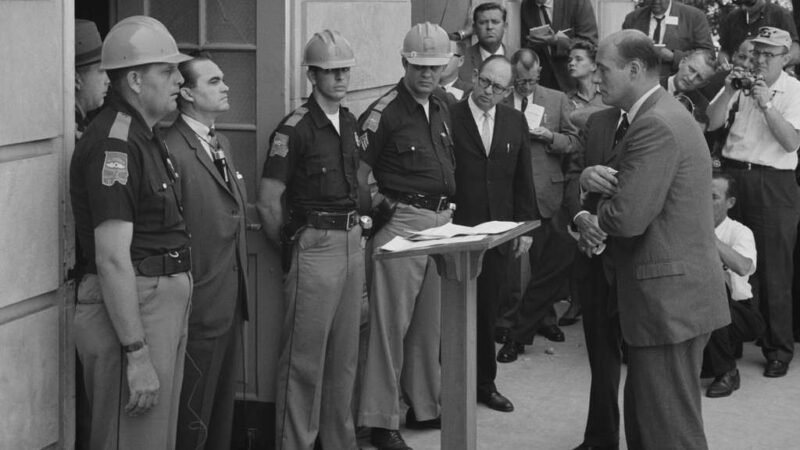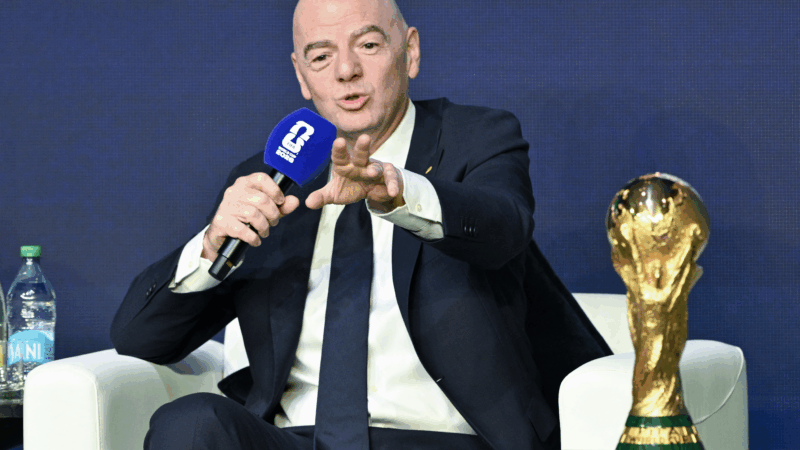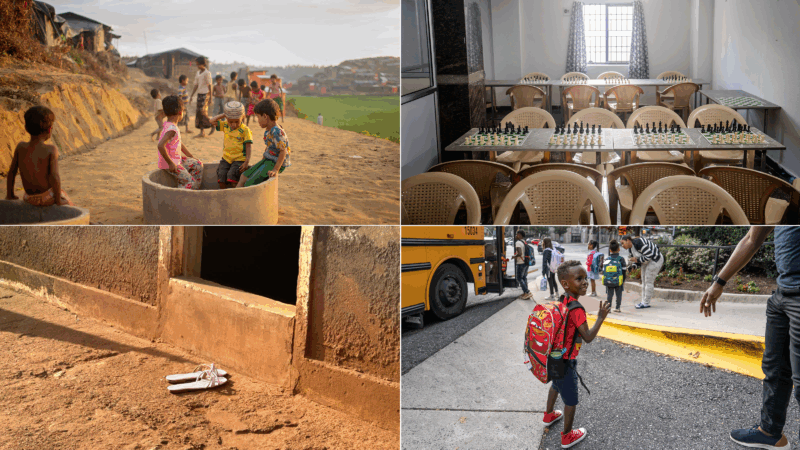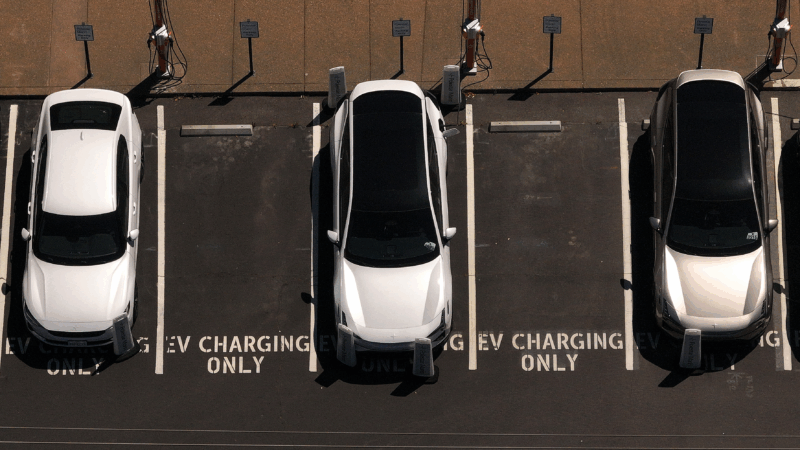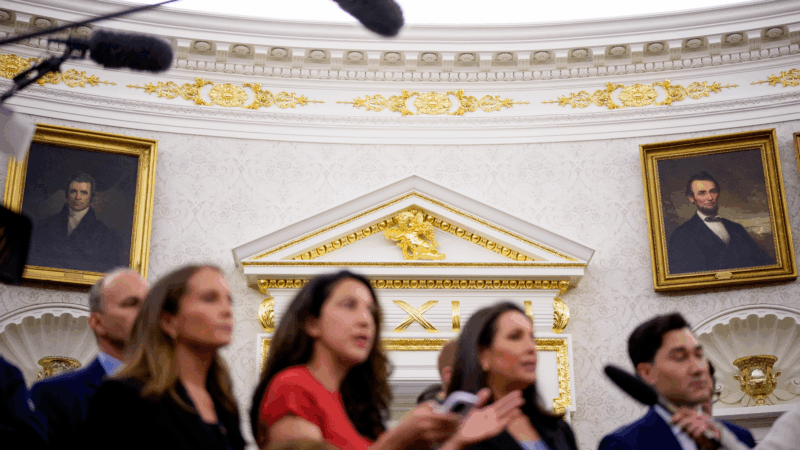Germany Photos
- The Brandenburg Gate was built in 1791 by Friedrich Wilhelm II to serve as a symbol of peace. The gate was incorporated into the infamous Berlin Wall that divided the nation into Communist and Free Market societies for much of the later half of the 20th century. It is Berlin’s best known landmark and stands as a symbol of a reunited Germany. This is a close-up of the gate.
- When the newly united Germany decided to move its capital from Bonn (the former capital of West Germany) to Berlin (former capital of East Germany) the nation knew it wanted to do its work in the Reichstag. The building had been set ablaze at the start of World War II, many believe by the Nazis themselves, and later served as a museum during the Communists’ rule in the East. The building underwent extensive renovation on the inside before the government moved. Incorporated into the design were a number of artworks. This one, located in the Reichstag’s basement, is meant to look like rusty filing cabinets. On them are the names and years of service of members of Parliament; those who were victims of the Nazis have a black bit of tape underneath their label.
- One afternoon during our stay in Berlin we (the RIAS fellows) got the chance to sit down with university students at Humboldt University. It was an interesting exchange of ideas to say the least. Some of us got more out of it than others, I think. This is a photo of the entire RIAS June 2005 class before we met with the students. (I know, it’s a little hard to see, sorry for that.)
- Brussels is a beautiful city. The Grand Place, the medieval town center, is breathtaking. This lovely building is called the “King’s House”, though no King ever lived there. Charles V’s administration was housed there, but that’s as close as it got to being a royal abode. Before “all the king’s men” found their way to the building it was called the “Broodhuis” (Bread House in English) because before housing offices it housed the Baker’s Guild. It’s now a museum.
- This little guy (if you can’t see it, it’s a fountain with a little boy urinating) is called “Manneken Pis” and it is the symbol of Brussels. No one’s quite sure why the statue was built, or why it became the city’s symbol, but there’s one story I found that’s at least amusing. It says that Manneken Pis was sculpted after the boy was found using his natural abilities to put out a fire set to some of the city’s buildings — which were still mainly built of wood at the time — saving the town. Whatever the reason the little fountain attracts visitors from all over, including heads of state.
- While the trip to Hamburg brought many an interesting experience with it, including a boat ride in the harbor, our trip to the Airbus plant sticks in my mind. The company was all over the news after it unveiled the A380, the jumbo jet it thinks is the future of long distance aviation. The plane sounds big and looks big on t.v. but that’s nothing compared with how big it is up close and personal. This thing is going to be gargantuan. The Hamburg plant assembles a few parts of the plane and an Airbus official gave us a guided tour of the hanger where they’re being built.
- Oh, Dresden. For me, that was the complete gem of the trip. Granted I didn’t explore that much of the city, but what I saw of it was enough to take my breath away. The Baroque sandstone buildings feel at home along the River Elbe. When I travel, I have a habit of visiting churches. I find something calming about the feeling inside them, no matter the denomination. In Dresden, besides the Frauenkirche, I went into the Catholic Court Church. It’s really lovely inside. This is a photo of the building on the outside, silhouetted against the setting sun.
How George Wallace and Bull Connor set the stage for Alabama’s sky-high electric rates
After his notorious stand in the schoolhouse door, Wallace needed a new target. He found it in Alabama Power.
FIFA president defends World Cup ticket prices, saying demand is hitting records
The FIFA President addressed outrage over ticket prices for the World Cup by pointing to record demand and reiterating that most of the proceeds will help support soccer around the world.
From chess to a medical mystery: Great global reads from 2025 you may have missed
We published hundreds of stories on global health and development each year. Some are ... alas ... a bit underappreciated by readers. We've asked our staff for their favorite overlooked posts of 2025.
The U.S. offers Ukraine a 15-year security guarantee for now, Zelenskyy says
Ukrainian President Volodymyr Zelenskyy said Monday the United States is offering his country security guarantees for a period of 15 years as part of a proposed peace plan.
Electric vehicles had a bumpy road in 2025 — and one pleasant surprise
A suite of pro-EV federal policies have been reversed. Well-known vehicles have been discontinued. Sales plummeted. But interest is holding steady.
A ‘very aesthetic person,’ President Trump says being a builder is his second job
President Trump was a builder before he took office, but he has continued it as a hobby in the White House.


